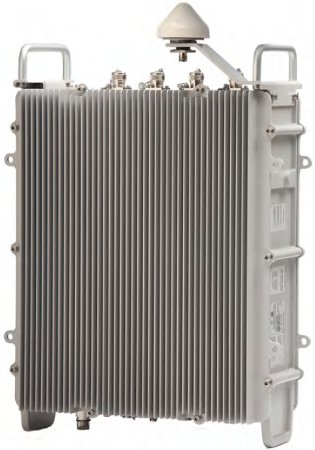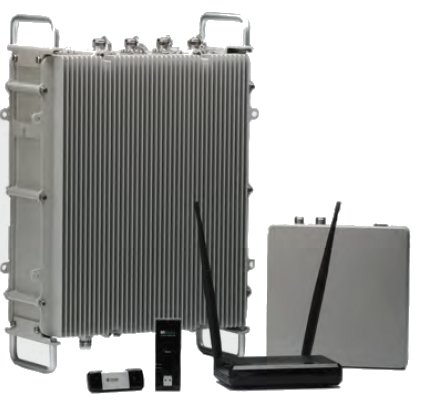Tuxified base station juggles WiMAX and LTE with in-memory database
Mar 29, 2011 — by Eric Brown — from the LinuxDevices Archive — 12 viewsMcObject announced a design win for its in-memory ExtremeDB database, built into a new Linux-based 4G base station from Airspan Networks. The compact Air4G device uses ExtremeDB to help it simultaneously support WiMAX and LTE 4G networks, says the company.
Announced last month at Mobile World Congress, the Air4G mobile broadband base station is a compact, outdoor-ready device with an embedded radio that supports both WiMAX and LTE 4G mobile transmission. The device works on the 700MHz, 1.4GHz, 2.3-2.7GHz, and 3.3-3.8GHz bands, says Airspan.
Air4G builds on Airspan's MacroMAXe WiMAX base station, adding a new 4G LTE platform, enabling carriers to support both technologies as they migrate fully to LTE, says McObject. It does this by offering Common Radio Public Interfaces (CPRIs), which allow the use of external Remote Radio Head (RRH), necessary when operating as an LTE eNodeB, says the company.

Airspan's Air4G base station
(Click to enlarge)
ExtremeDB is said to help the Air4G handle real-time voice and data traffic. It also "contributes to one of Air4G's key innovations: its simultaneous support for WiMAX and LTE," says McObject.
The software supports the LTE eNodeB mode, storing operator-provided settings such as operating frequency and transmit power, says McObject. The database is also said to store the transient data that is kept in RAM for each call/session, and it synchronizes data between different modules in the eNodeB application.
ExtremeDB's tiny, approximately 150KB code size and minimal CPU demands reduce the base station's hardware requirements, thereby lowering manufacturing costs, claims McObject. In addition, it's claimed, by using McObject's software instead of its own internally developed database, Airspan cut Air4G's development and QA cycles by about nine developer-months.
Other touted reasons for Airspan's choice of ExtremeDB include its native API of C functions, which is said to be much faster than using SQL, which the software also supports. Because the data is stored as C/C++ structures, there's no need for conversion, as would be required for SQL, offering additional performance benefits, says the company.
In addition, while other databases being considered used a client/server architecture, ExtremeDB runs entirely within the application process, eliminating the overhead of inter-process communication (IPC) between client and server modules, says McObject. Since it offers minimal reliance on operating system services such as IPC messaging, the software is also said to be highly portable. (For more information, please see our early ExtremeDB 4.1 coverage.)

Air4G with antennas
The smallest of the Air4G versions measures just 20.75 x 13.66 x 6.7 inches (52.7 x 34. 7 x 17.0cm) and weighs 41.9 pounds (19 kilograms), says Airspan. The system runs on 400 to 500 Watts at the maximum, offers IP66-rated protection against ingress, and operates at temperatures ranging from -40 to 131 deg. F (-40 to 55 deg. C), says the company.
Stated Moti Bitter, director in R&D, Airspan Networks, "ExtremeDB's speed and efficiency enable Air4G to execute complex scheduler and link-adaptation algorithms, achieving higher capacity and throughput, as well as excellent use of the spectrum."
Availability
No information was provided on the pricing or availability of the Air4G. More information may be found on the Airspan's Air4G webpage.
This article was originally published on LinuxDevices.com and has been donated to the open source community by QuinStreet Inc. Please visit LinuxToday.com for up-to-date news and articles about Linux and open source.